i bc27f85be50b71b1 (144 page)
Read i bc27f85be50b71b1 Online
Authors: Unknown








BURN\ AND WOUNDS
467
• The joints at risk for contracture formation need to be properly
positioned (Table 7-10). The positioning needs to be consistently
carried out by all caregivers and documented in the patient care
plan. Proper positioning will decrease edema and prevent contracture formation to facilitate the best recovery.
• The rherapist should be creative in treating rhe patient with a
burn. Traditional exercise works well; however, incorporating recreational acriviries and other modalities into the plan of care can ofren increase functional gains and compliance with less pain.
• The plan of care must be comprehensive and address all areas
with burns. For example, burns of the face, neck, and trunk
require intervention specifically directed to these areas.
• The therapist should attend bedside rounds with the burn team
to be Involved in multidisciplinary planning and to inform the
team of therapy progression.
Table 7-10. Preferred 11osltlOm. for P:mcnts with Burn Injury
Area of Bod)
I)osition
Neck
ExtenSion, no rotation
Shoulder
Abduction (90 degrees)
External rotation
Horizontal flexion ( 10 degrees)
Elbow and forearm
Extension With supll13tion
\Vrist
Neutral or slight extension
Hand
Functional position (dorsal burn)
Finger and thumb extension (palmar burn)
Trunk
Straight postural alignment
�hp
Neutral extension/flexion
Neutral rotation
Slight abduction
Knee
Extension
Ankle
Neutral or slight dorsiflexion
No IIlversion
Neutral roe extcnsion/flexion
Sourcc: With permission from RS Ward. Splinting. Orthotics. :lOd Prosthetics In the
Management of Burns. In M�l Lusardi, CC Nielson (eds), Orthotics and Prosthetics in
Rehahllitatlon. Boston: BUiterworth-Heinemann. 2000;315.

468 AClITE CARE HANDBOOK FOR I'HYSICAL TIIERAI'ISTS
Pathophysiology of Wounds
The different types of wounds, their etiologies, and the facrors that
contribute ro or delay wound healing are discussed in the following
sections.
Types of Wounds
Trauma Wounds
A trauma wound is an injury caused by an external force, such as a
laceration from broken glass, a cut from a knife, or penetration from
a buller.
Surgical Wounds
A surgical wound is the residual skin defect after a surgical incision.
For individuals who do not have problems healing, these wounds are
sutured or stapled, and they heal without special intervention. As the
benefits of moist wound healing become more widely accepted, gels
and ointments are now more frequently applied to surgical wounds.
W hen complications, such as infection, arterial insufficiency, diabetes,
or venous insufficiency, are present, surgical wound healing can be
delayed and tequire additional care.
Arterial Insufficiency Wounds
A wound resulting from arterial insufficiency occurs secondary to
ischemia of the tissue, frequenrly caused by atherosclerosis, which can
cause irreversible damage. Arterial insufficiency wounds, described in
Table 7-11, occur most commonly in the distal lower leg because of a
lack of collateral circulation ro this area. Clinically, arterial ulcers frequently occur in the pretibial areas and the dorsum of the toes and feet, but they may be present proximally if the ulcers were initially
caused by trauma.31-JJ They show minimal signs of healing and are
often gangrenous.
Venous Insufficiency Wounds
A wound resulting from venous insufficiency is caused by the
improper functioning of the venous system that leads to poor nutrition to the tissues. This lack of nutrition causes tissue damage, and ultimately tissue death, resulting in ulceration. The exact mechanism
by which this occurs has not been established, although some theories
do exist. One theory is that venous hypertension is transmitted ro the


